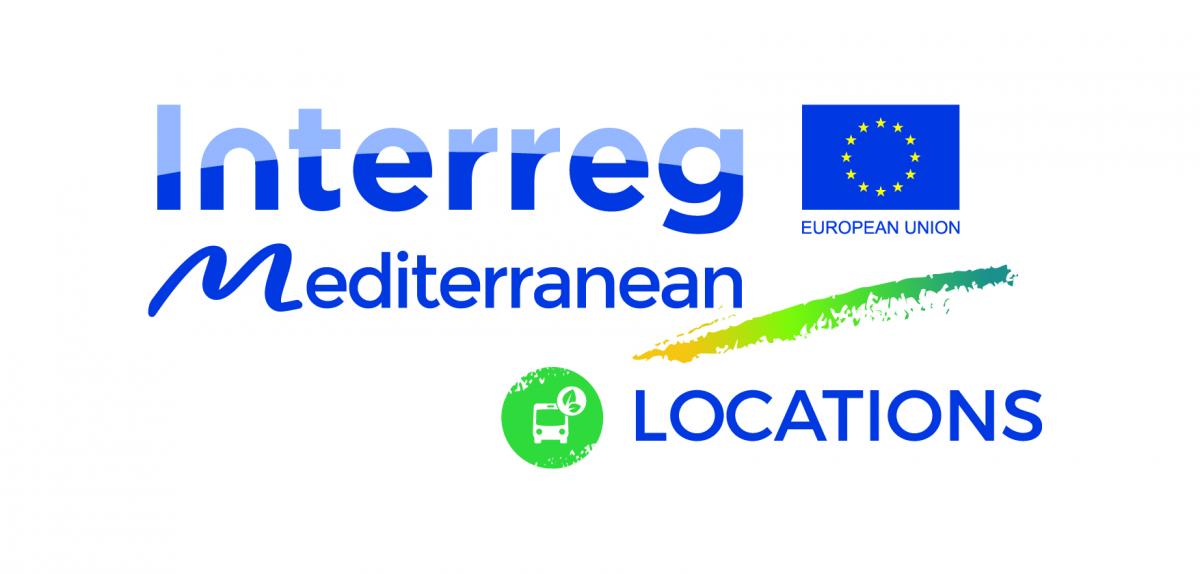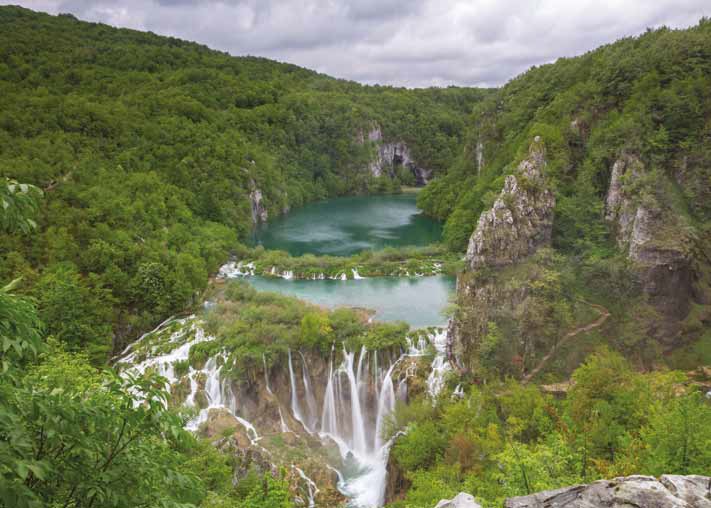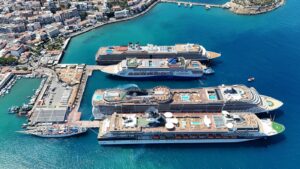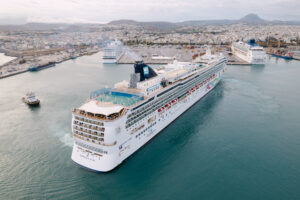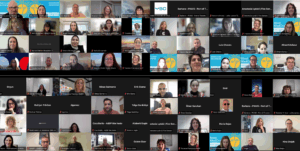MedCruise port members Rijeka and Zadar have joined forces with European ports and cities – to improve cruise-related logistics and transport planning.
Cruising tourism is a growing sector in Croatia. According to Central Bureau of Statistics, in the period from January to December 2015, Republic of Croatia welcomed 768 cruise calls carrying 1,048,229 passengers. These passengers stayed in the Republic of Croatia for 1.564 days, with an average stay of two days.
Compared to the same period in 2014, the number of cruises increased by 9.7% and the number of passengers by 2.6%. Days of passengers staying in the Republic of Croatia increased by 1.0%.
As for 2016, the data available for the period from January to November, compared with the same period in 2015, indicate that the number of cruises increased by 7.0%, the number of passengers by 3.7% while the number of days of ship staying in the Republic of Croatia increased by 14.1%.
Zadar and Rijeka also recorded growth of cruise traffic in the last three years. Data from the Port of Zadar Authority are showing the trend of growth, which indicates the number of passengers in Zadar area almost tripled in the period from 2014 to 2016. Thus, in 2014 the number of passengers was 53,791, in 2015 the passengers increased to 70,366 while last year that number has risen to 136 462. On the other side Rijeka has just began to emerge in the travel plans of cruise shipping companies in 2015. The number of passengers in Rijeka was 9,082 in 2015, while the number in 2016 increased to 13,874 cruise passengers.
On one hand, this type of tourism offers local economies significant opportunities, increasing international visibility and reputation of destinations. On the other hand, however, it also brings a whole range of issues for local urban and suburban transport and transport networks, particularly during embarking and disembarking operations, for loading and unloading of goods and the provision of services to cruise ships.
Therefore, stakeholders joined forcres to develop the new LOCATIONS (Low-carbon Transport in Cruise Destination Cities) project to tackle the externalities of cruise tourism by supporting local authorities in the development of low-carbon mobility plans with specific measures addressed to optimize the handling of cruise-related passengers, goods and services flows.
The LOCATIONS programme
A dedicated methodology is going to be developed and tested to respond to individual needs identified in the involved port cities. The idea is defining measures contributing to decongesting traffic in urban areas and reducing pollution and environmental impacts, designed to be easily transferred to other port cities and countries in the Mediterranean area. Specific awareness-raising campaigns are envisaged, to encourage the involvement of passengers and citizens to take responsibility and improve quality of life in cities.
LOCATIONS, funded through the European Regional Development Fund, is coordinated by AREA Science Park of Trieste. The partnership counts upon 20 organizations and institutions from Italy, Croatia, Spain, Portugal and Albania. Seven European port cities are involved: Lisbon, Malaga, Zadar, Rijeka, Ravenna, Durres, Trieste.
The partners on the project are the City of Zadar, Port of Rijeka Authority, Regional Energy Agency Kvarner, while the associated partners in the project activities are the Port of Zadar Authority and Agency for Regional Development of Zadar County ZADAR NOVA.
The challenge facing the project partners is planning mobility solutions for cruise-related passengers and freight flows in a way to preserve natural and cultural resources in destination cities, so to protect their attractiveness over time. LOCATIONS aims to contribute to defining plans for the sustainable management of traffic flows generated by cruise tourism in the frame of port cities’ wider strategic plans, as Sustainable Urban Mobility Plans (SUMPs) and Sustainable Energy Action Plans (SEAPs).
